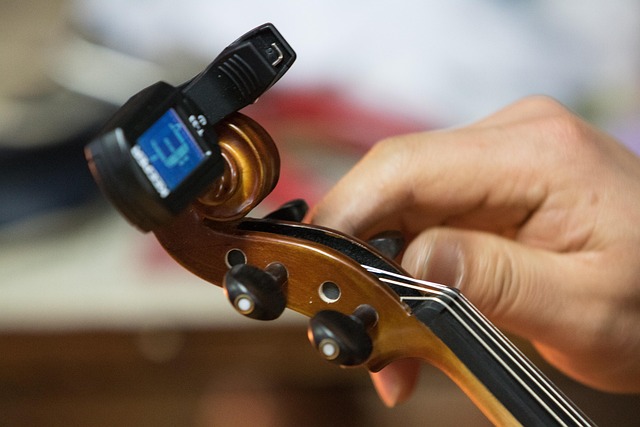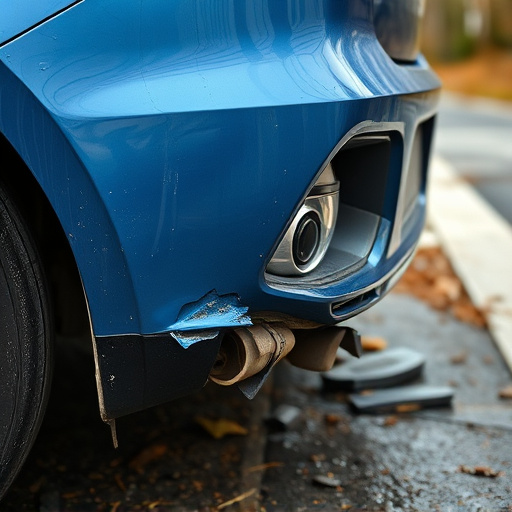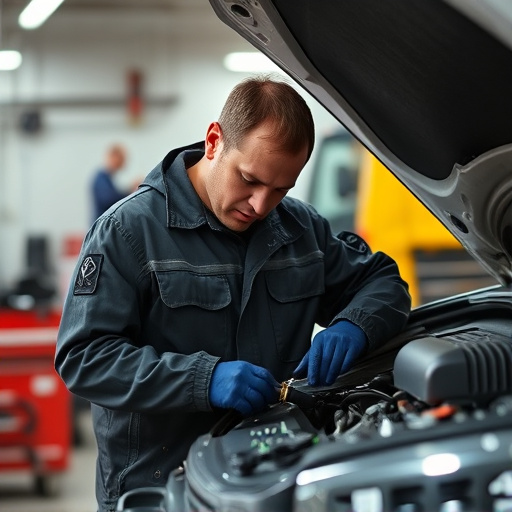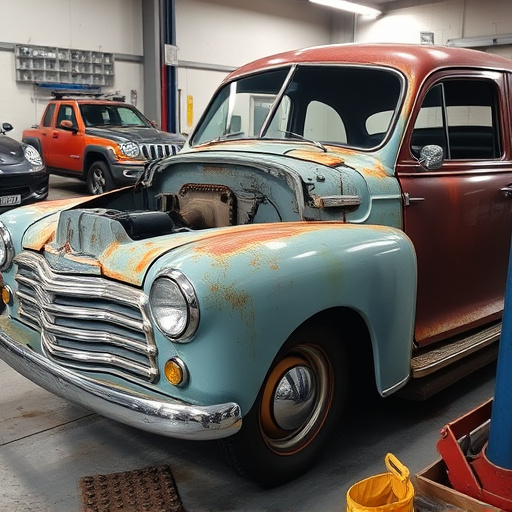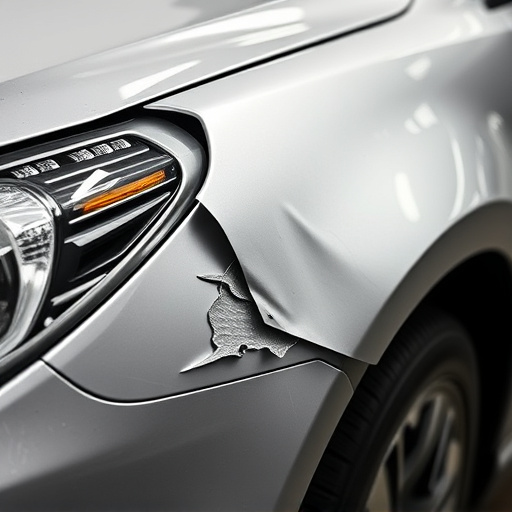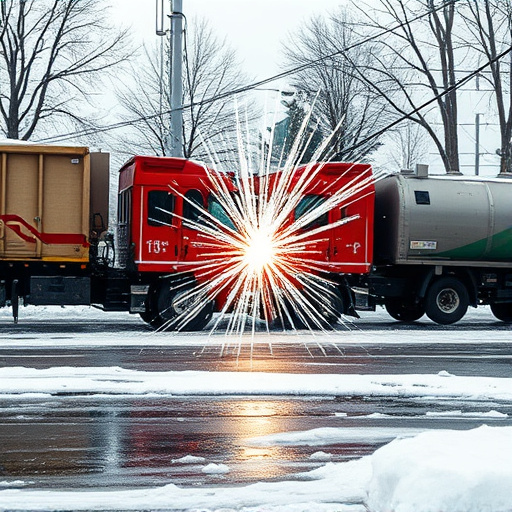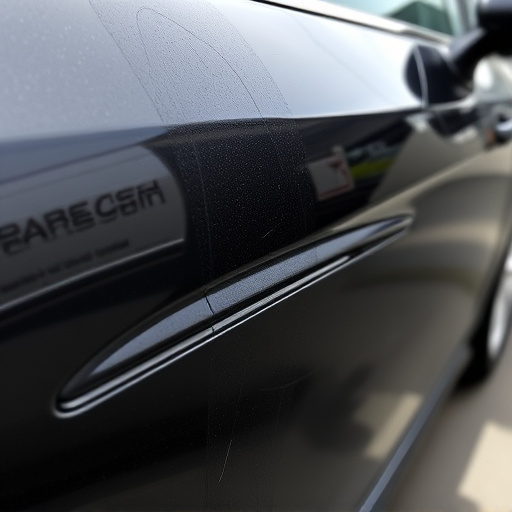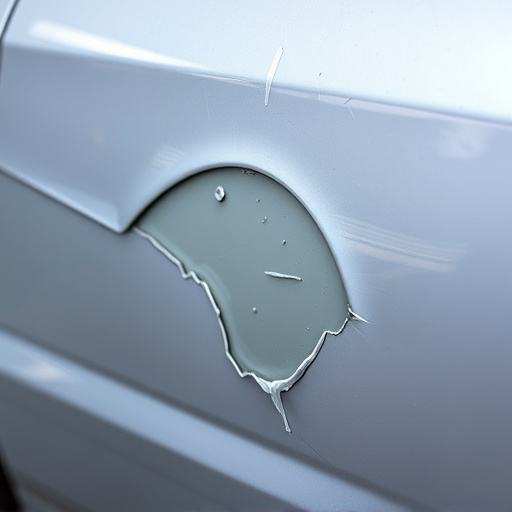Plastic welding technology offers diverse methods like hot plate, ultrasonics, and laser welding for fusing plastics in industries such as car bodywork and collision repairs. Specialized equipment including high-quality guns, crimping tools, and clamps are essential for achieving clean, strong joins. Techniques like ultrasonic, heat gun, and laser welding, along with proper joint design and post-welding treatments, ensure durable bonds and structural integrity.
Dive into the captivating world of plastic welding technology, where precision meets innovation. In today’s era of advanced manufacturing, understanding key elements is essential for professionals seeking seamless, durable connections. This article unravels the mysteries of basic plastic welding processes, equips you with knowledge about critical tools and equipment, and masters techniques for robust joints. By exploring these aspects, you’ll gain a comprehensive edge in leveraging plastic welding technology.
- Understanding Basic Plastic Welding Processes
- Essential Tools and Equipment for Precision Welding
- Key Techniques to Ensure Strong and Durable Joints
Understanding Basic Plastic Welding Processes

Plastic welding technology involves a range of processes designed to fuse plastic materials together, creating strong and durable bonds. Understanding these fundamental techniques is essential for anyone involved in industries such as car bodywork services, auto repair services, or collision repair centers. The most common methods include hot plate welding, ultrasonics, and laser welding.
Hot plate welding utilizes a heated metal plate to melt the surfaces of the plastics being joined, creating a strong bond upon cooling. Ultrasonics employs high-frequency sound waves to generate heat, melting and fusing the plastic materials. Laser welding, on the other hand, uses a focused laser beam to melt and fuse plastics, offering precise results and minimal heat distortion, which is particularly beneficial for intricate designs in collision repair centers.
Essential Tools and Equipment for Precision Welding
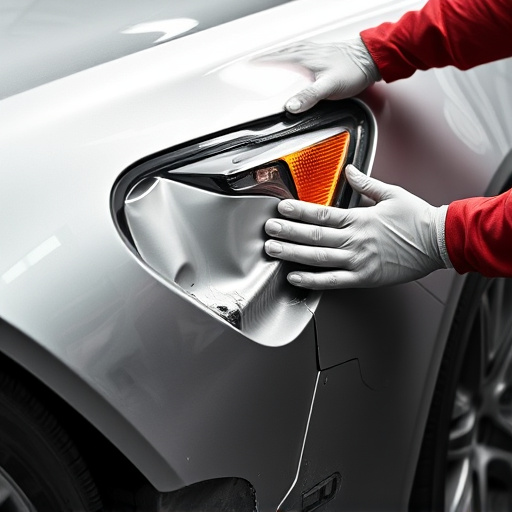
Precision welding requires a dedicated set of tools and equipment to achieve clean, strong joins. For plastic welding technology, the right gear can make all the difference in the final product’s quality and integrity. Essential tools include high-quality welding guns, heated crimping tools, and specialized clamps designed for holding parts securely during the fusion process.
These tools are crucial for maintaining accuracy and consistency in plastic welding technology, ensuring that each weld is precise and reliable. Much like how a Mercedes Benz repair shop relies on top-tier equipment to maintain luxury vehicle standards, car paint services, and auto repair shops generally, successful plastic welding demands the same level of investment in tools to deliver professional results.
Key Techniques to Ensure Strong and Durable Joints
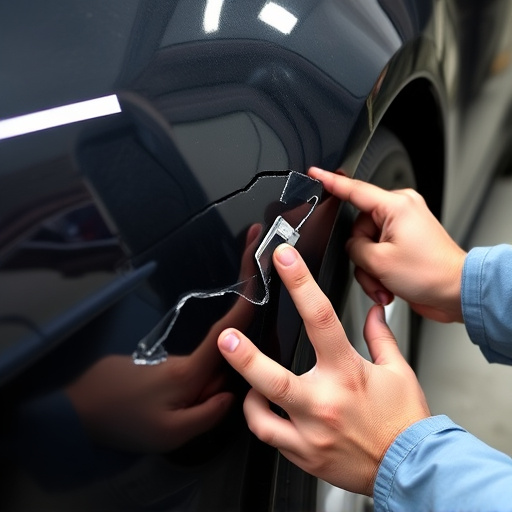
In plastic welding technology, mastering key techniques is paramount to achieving strong and durable joints. The process involves precise heating and melting of the plastic surfaces to be joined, ensuring a seamless fusion. Techniques such as ultrasonic welding, heat gun welding, and laser welding are commonly employed, each offering unique advantages for specific applications. Ultrasonic welding, for instance, uses high-frequency sound waves to generate heat, making it ideal for thin and delicate materials. Heat gun welding, on the other hand, employs a hot air tool to melt and fuse the plastics, suitable for thicker components. Laser welding leverages concentrated light beams to cut and join plastics, offering precision and minimal heat distortion.
Proper joint design, material selection, and preparation are also critical to the success of plastic welding. In automotive body work or vehicle body repair, for example, understanding the material properties and compatibility is essential. Pre-cleaning the surfaces to remove contaminants and ensuring proper alignment during welding significantly improves bond strength. Furthermore, post-welding treatments like heat trimming and finishing touches enhance the aesthetics and structural integrity of the joined parts, making them as strong and durable as possible.
Plastic welding technology is a multifaceted field that combines precision, material science, and advanced equipment. By understanding the fundamental processes, investing in quality tools, and mastering effective techniques, you can achieve strong, durable welds across various plastic materials. These key elements ensure not only the structural integrity of your projects but also open doors to innovative applications in diverse industries.


